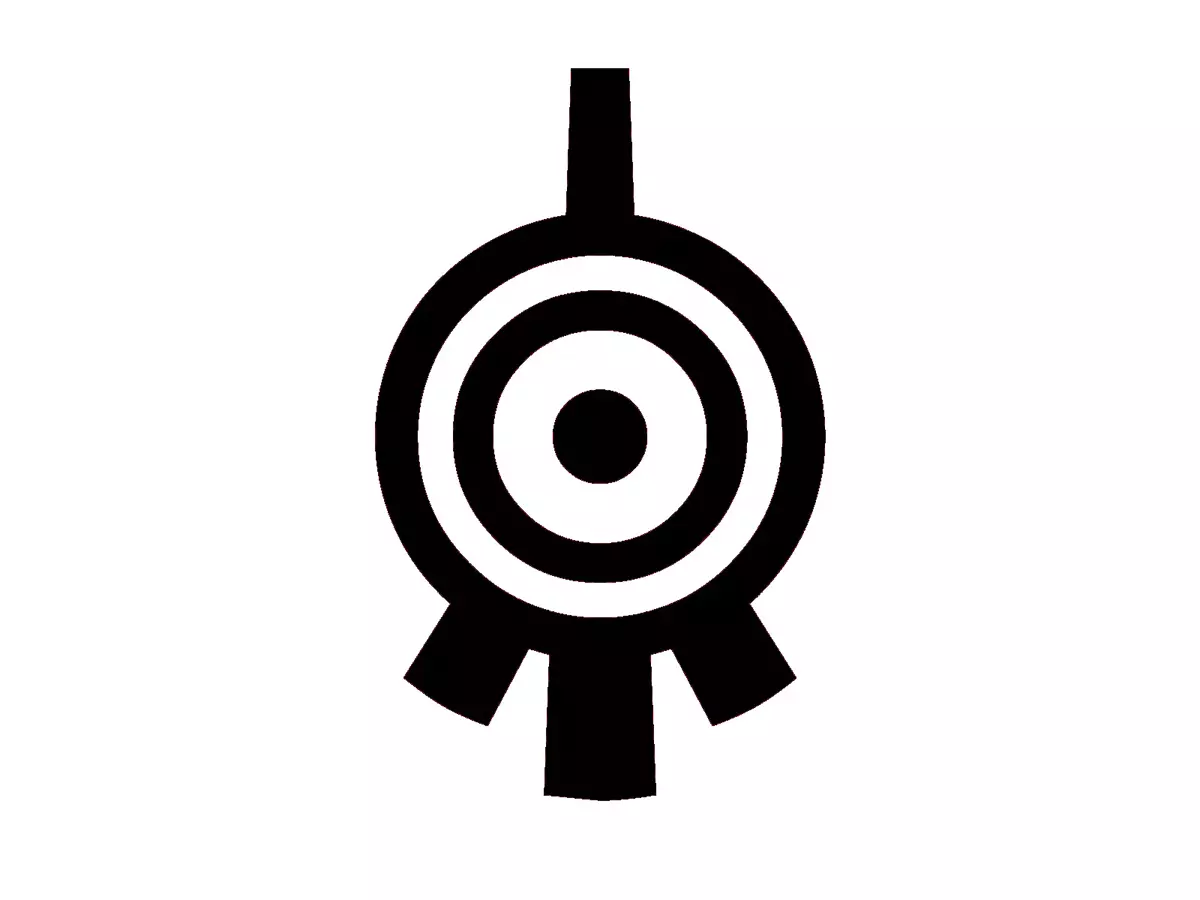Thank you very much for your kind word! I’ve seen that scanner already but decided to reimplement anyway because I want to choose a different design from the start and have the flexibility to add some new features myself (some kind of ML integration like immich and S3 integration). At worse case, I will still use this so no problems :D
- 2 Posts
- 14 Comments
Is Rust that much better than Go?
IMHO, rust and go are two differents things. The reason I choose Rust is because it is fast and calling C code from rust is supported really well since Rust’s goal is to become a system language. Navidrome is just calling the ffmpeg binary. While in my project, I’ve compiled the neccessary parts of ffmpeg myself (thanks to vcpkg) and call the function directly from Rust. It leads to smaller and fully static final binary (because no ffmpeg bin) as well as faster transcoding time since we don’t have to wait for the ffmpeg binary to finish transcoding the whole file before load the result from the filesystem to the memory.
Would it have been impossible to submit your changes to Navidrome as pull requests?
You can see here. This is the biggest reason why I’ve decided to start my own implementation. Beside, I share my server with several friends so I want a mechanism to prevent mixing musics from different people.
Does this import the Navidrome database?
This could be a feature request in the future. I could add a python script to import users/songs/playlists/playcount/etc from Navidrome.
I see. Indeen I gave up teaching people pronounce my name correctly long time ago and told them just to call me by my family name so you coulld pronounce whatever you like. If you know a Vietnamese guy around just ask them to teach you and give them a headache
Never thought about it. Is there an inside joke am i missing @@

 8·1 year ago
8·1 year agoHow do you keep your Spotify recommendations update ? Don’t you have to listen to songs on it to get updated recommendations ?
That sounds like what I need. Thank you very much !
I dont think Ansible is a general templating engine ? I do templating for all most everything and not only docker compose, for example this for traefik configuration.
so you are also generating the docker-compose from code. I think I am looking for something that aware of both templating and docker-compose deployment because right now, at the end of the day, I am still have to run
docker-compose up -f ...whilehelmcan do both templating and deployment.
I actually need more than merging. For example, right now my
traefik.templatewill look like this:[http.routers.{{ router_name }}] rule = "{{ router_rule }}" service = "{{ service_name }}" middlewares = [{{ middlewares | map("tojson") | join(", ") }}] {% block router %}{% endblock %} [http.routers.{{ router_name }}.tls] certResolver = "leresolver_http" {% if service_host is defined %} [[http.services.{{ service_name }}.loadBalancer.servers]] url = "{{ 'https' if service_use_https is defined else 'http' }}://{{ service_host }}{{ ':' ~ service_port if service_port is defined else '' }}" {% endif %}and then one of my
traefik.tomlcould look like this{% extends "template/traefik.jinja" %} {% set router_name = "dozzle" %} {% set router_rule = "Host(`dozzle.example.com`)" %} {% set service_name = "dozzle" %} {% set service_host = "dozzle" %} {% set service_port = 8080 %}
you mean nix the package manager ?
I know about Helm but I don’t need
k8sfeatures and my VPS is just too weak fork8sI think :/

 2·1 year ago
2·1 year agoYes you can. I add a window 11 iso to it as well

 13·1 year ago
13·1 year agoNot really for ventoy but have you heard about medicat ? I have bookmarked it for sometime now but never had a chance to try.
Edit: medicat also supports ventoy

I have the same problem with navidrome so I’ve written a new Opensubsonic server in Rust with a permision model. You can check it out here: https://github.com/vnghia/nghe